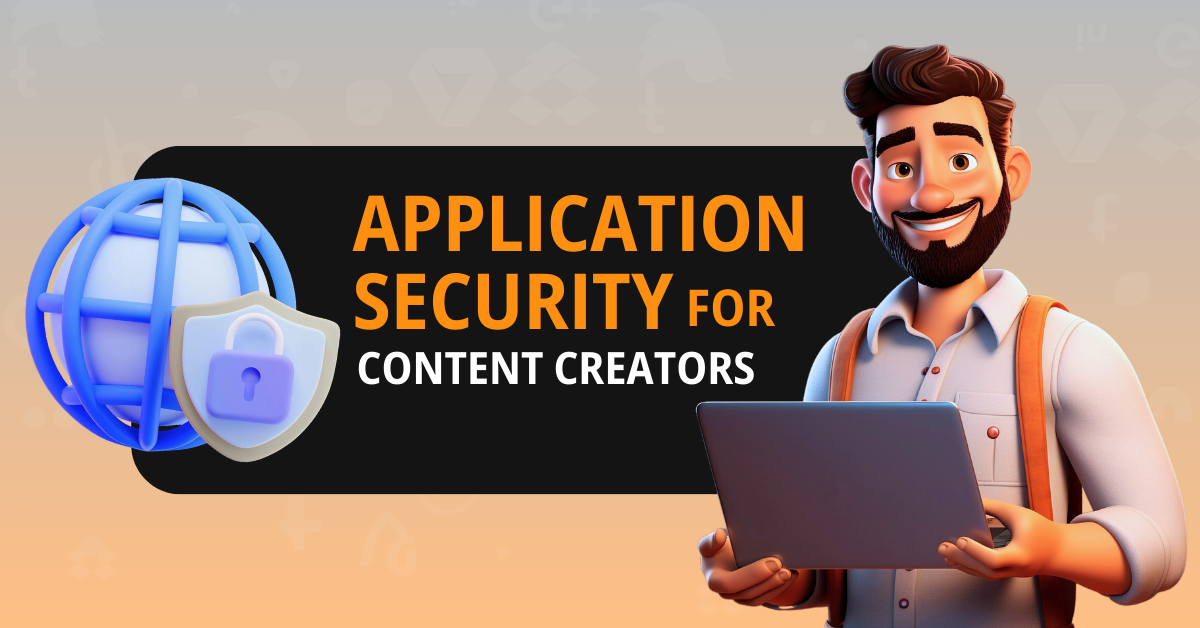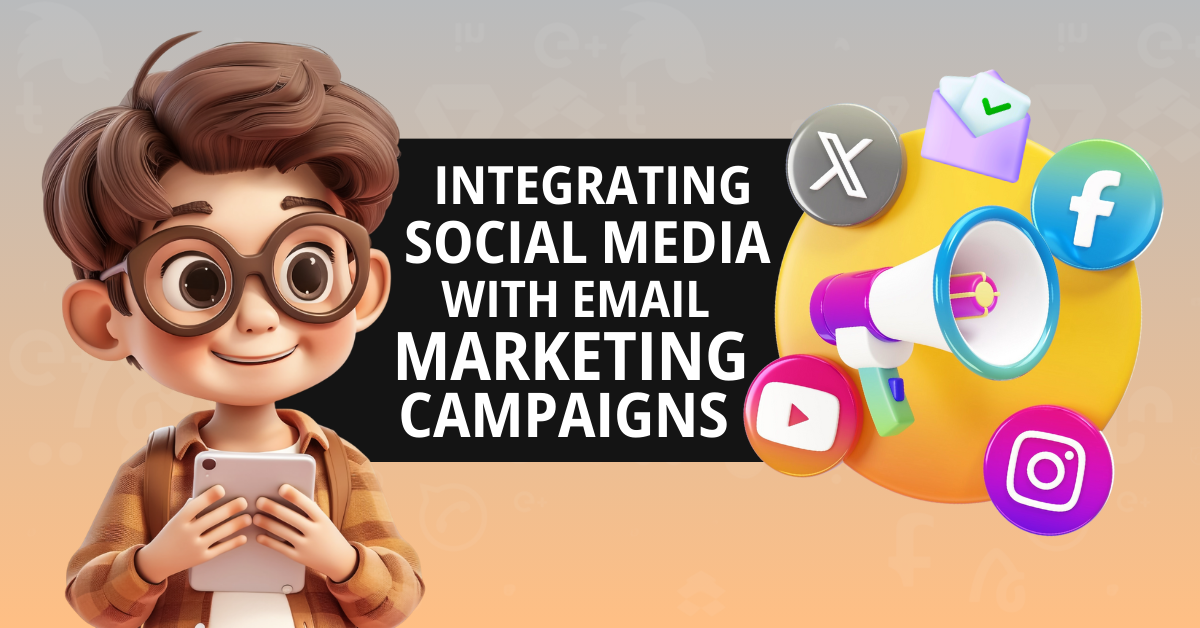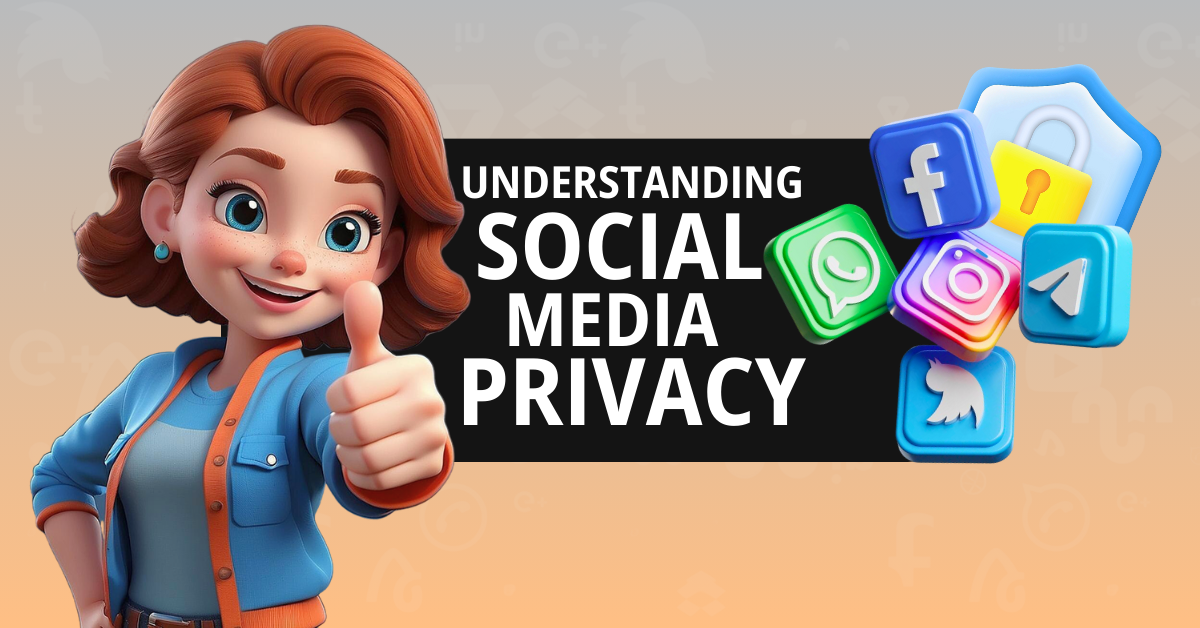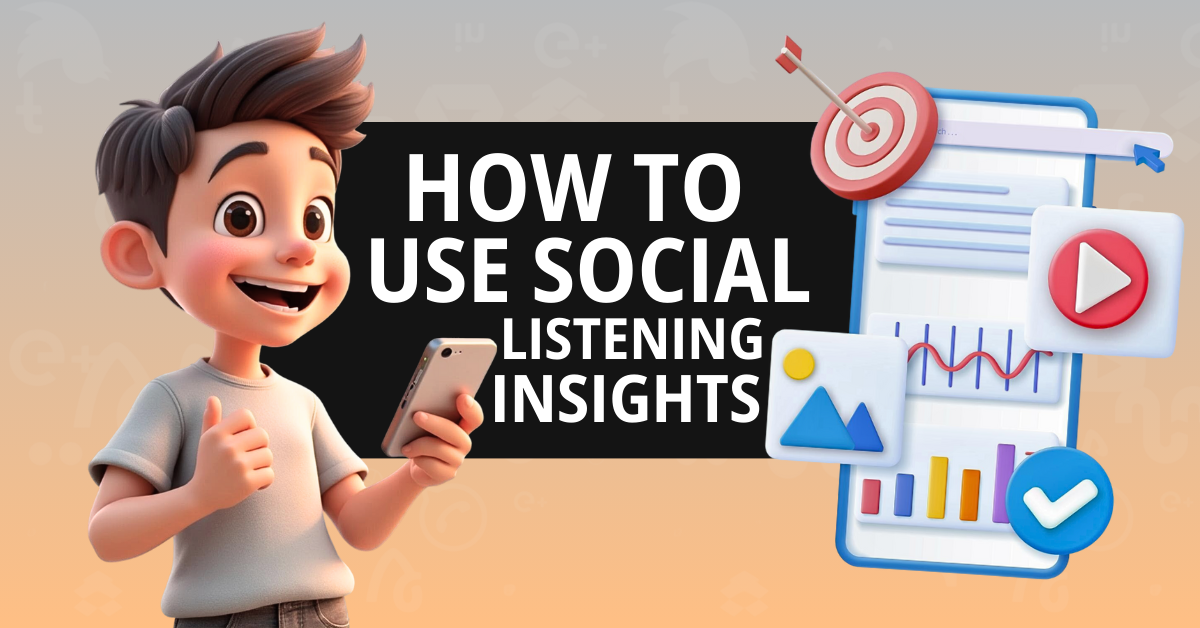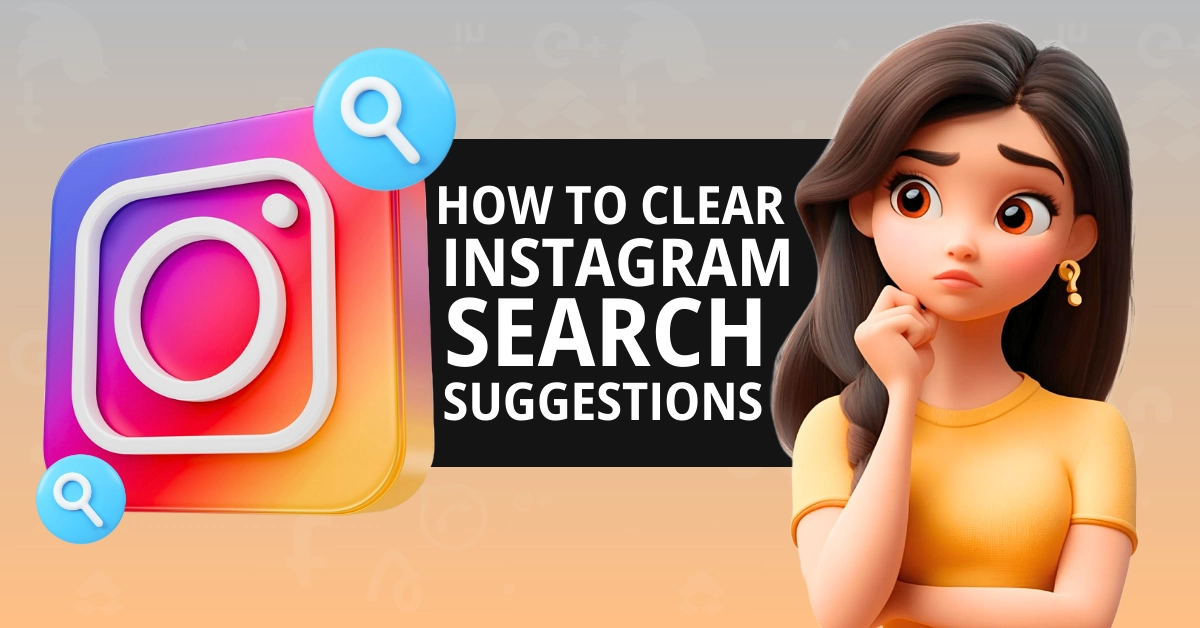You’re mid-edit on a viral video when a third-party tool you rely on suddenly locks you out. No warning. No access. Just a security flag that thinks you’ve been hacked.
Sounds dramatic? For content creators, it’s reality.
Application security isn’t just a backend buzzword: it’s the digital armor around every tool, app, and login creators touch. From scheduling platforms and editing suites to collaboration software and monetization portals, if it connects to your content pipeline, it’s part of your attack surface.
Read on to find out more.
1. Why Creators Should Care About App-Level Security
For a content creator, the average digital day can involve everything from uploading to a CMS, editing a video through a browser-based tool, connecting email platforms with monetization systems, and logging into a dozen SaaS dashboards to check performance metrics.
Each of those steps is powered by an application, and every application is a potential target.
This is more than just a cautionary tale. The real risks for creators today include:
- Account takeover through third-party integrations or API abuse
- Data leakage from poorly configured backend systems
- Content manipulation through unauthorized plugin activity
- Identity spoofing via insecure login portals
- Broken links in revenue chains due to unpatched platform vulnerabilities
This isn’t just a theoretical threat. If your revenue depends on publishing, promoting, and selling content online, then your business depends on how secure those applications are behind the scenes.
2. Behind the Curtain: How Platforms Handle Application Security
Most creators rely on third-party platforms to do the heavy lifting when it comes to security. But it helps to know what that lifting actually involves.
Application security from a platform perspective falls into two major categories: build-time protection and run-time monitoring. These two stages are supported by tools that serve very different purposes. If you’re wondering what are SAST and DAST, these acronyms define the split.
Platforms like YouTube, Shopify, or even Instagram use both. One ensures their software isn’t born broken. The other ensures it doesn’t break unexpectedly later.
Knowing that your favorite creator tool is investing in both gives you more than peace of mind. It helps you make smarter decisions about where to build your audience and income streams.
3. Where Creator Control Begins: Protecting Your Side of the Stack
While platform-level defenses are powerful, they don’t cover everything. Every content creator brings their own set of tools into the ecosystem, and that’s where control becomes personal. The good news: most risks can be mitigated without needing a CS degree.
Start with these high-impact moves:
- Audit connected apps regularly: If a platform lets you view what’s linked to your account, check it monthly. Revoke anything unused or sketchy.
- Enable multi-factor authentication everywhere: Especially on platforms tied to income or audience engagement.
- Limit browser extensions and plugins: That cute analytics overlay could be logging your credentials.
- Use dedicated business emails and passwords: Avoid linking content accounts to personal logins.
- Choose tools that share their security protocols openly: Transparency is a green flag.
- Consider web app firewalls or API management services if you self-host content.
4. When Audience Trust Meets App Security
Application security isn’t just about the creator experience, it’s about the viewer’s too. Whether you’re collecting emails or selling digital products, users are trusting you with their data. If you want to grow and sustain that trust, you’ll need to show that their info is protected.
Security lapses on the creator side often translate into broken audience experiences:
- Hacked email lists
- Corrupted downloads
- Redirects from compromised links that send viewers to malicious sites
- Stolen digital products being resold on shady third-party platforms
- Spammed subscribers
These moments erode brand trust in a way that’s hard to win back.
5. The Business Case for Getting Ahead of Threats
At the end of the day, content creation is a business. And like any modern business, operational resilience matters. One unmonitored app integration can knock out a launch. A single API misfire could tank your analytics.
Forward-thinking creators are:
- Using secure form builders and payment portals for product sales
- Setting up automated alerts when login attempts or IP access looks abnormal
- Choosing production tools that support version control and rollbacks
- Asking platform reps about data handling and patch updates
- Reviewing app permissions with their virtual assistants and collaborators quarterly
Security Is Part of the Creative Stack Now
Application security might sound like a techie buzzword, but it’s now part of the cost of doing business in the creator economy. Just like lighting or audience strategy, how you manage your digital tools matters.
The difference between a launch that scales and one that crashes often comes down to how well your apps are secured, how wisely you connect them, and how much control you keep.
Creators who understand this aren’t just protecting their platforms. They’re protecting their momentum.


